15 Cooking Tools That Can Make Your Baking Results More Consistent

Getting the same results every time you bake can be tricky. The right tools make all the difference between cookies that are sometimes burnt and sometimes undercooked, versus treats that turn out just right every time. These 15 essential baking tools will help you measure accurately, control temperatures better, and handle your ingredients properly. With these simple, helpful additions to your kitchen, baking can feel more consistent, relaxed, and enjoyable—whether you’re trying a new recipe or making an old favorite.
1. Digital Kitchen Scale
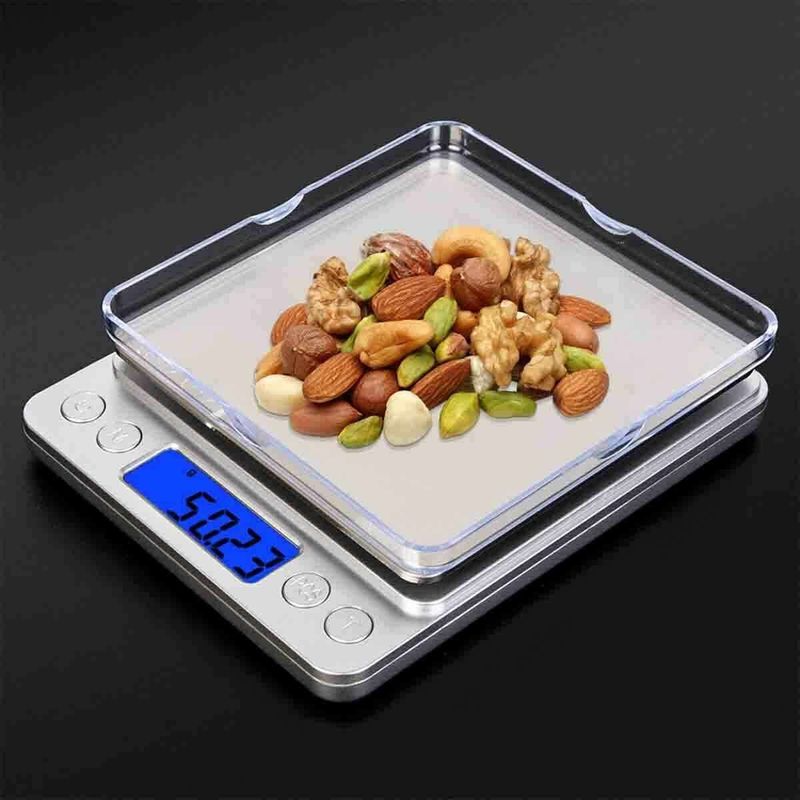
Weighing ingredients gives you accuracy that measuring cups can not give you. When a recipe calls for 250 grams of flour, using a scale ensures you’re adding exactly that amount every time. Professional bakers rely on scales because they know that volume measurements vary based on how tightly ingredients are packed. For example, a cup of flour can weigh anywhere from 120-150 grams depending on how you scoop it. Most digital scales are affordable, take up minimal counter space, and can switch between grams and ounces with the push of a button. This small investment pays off with consistently better cakes, cookies, and breads.
2. Oven Thermometer
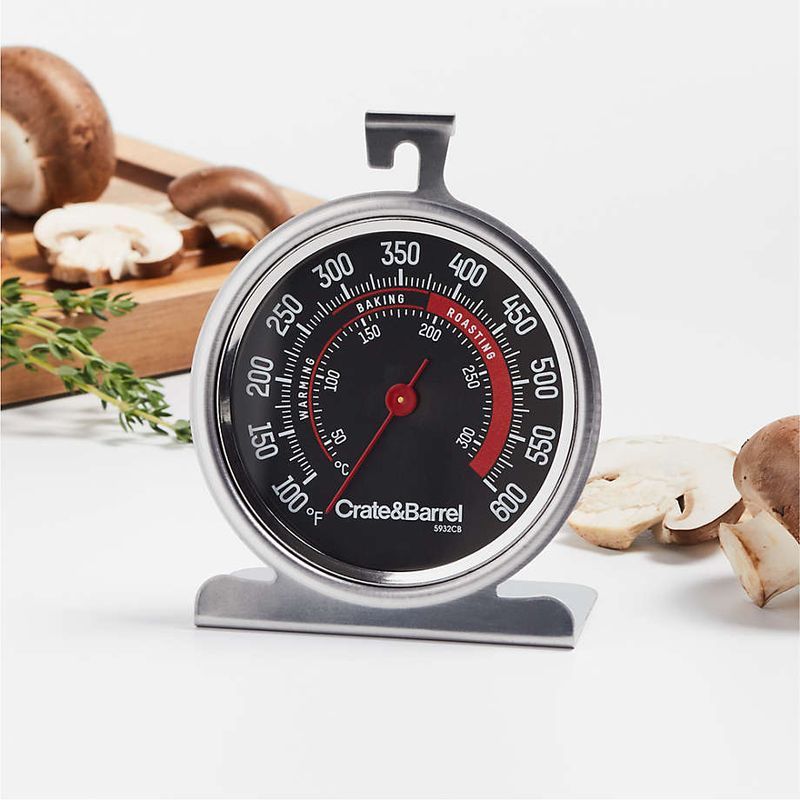
Most home ovens have temperature displays that aren’t accurate. Your oven might say it’s 180°C (350°F) when it’s actually running 25 degrees hotter or cooler, leading to unpredictable baking results. An oven thermometer hangs from your oven rack and shows the actual temperature inside. This simple tool helps you adjust settings to reach the true temperature your recipe needs. They’re inexpensive but invaluable for consistent baking. Many bakers are unaware to discover their oven has hot spots or temperature fluctuations that explain why some recipes never seemed to work right.
3. Silicone Baking Mats
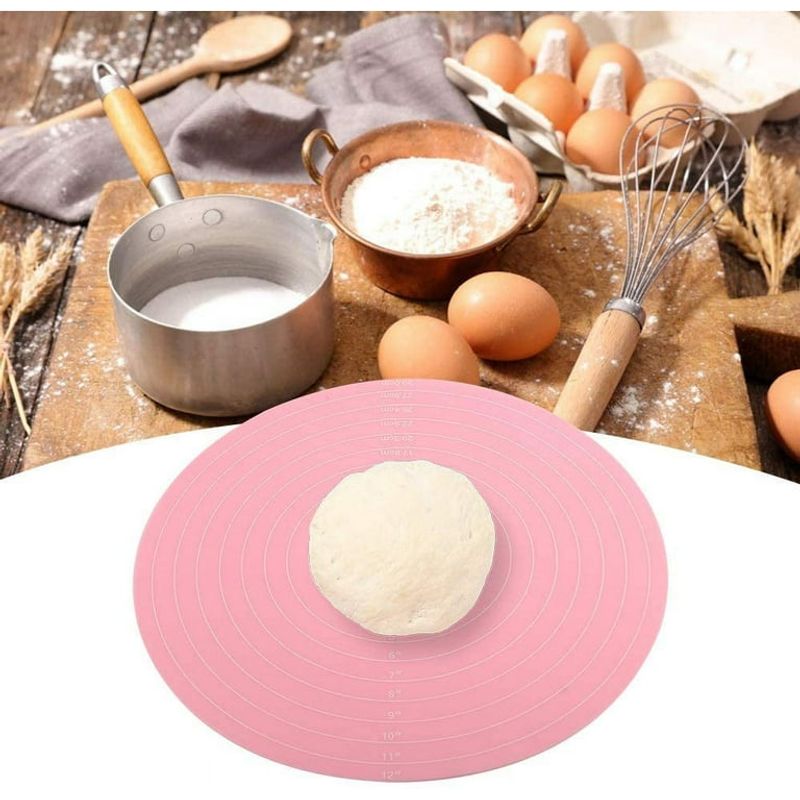
These flexible, reusable mats changes the need for parchment paper or greasing your pans. Food releases easily, and heat distributes more evenly across your baking sheets. Silicone mats are particularly helpful for delicate items like macarons and thin cookies that might otherwise stick or brown too quickly on the bottom. They’re also environmentally friendly since you can wash and reuse them many times. Look for food-grade silicone mats that fit your standard baking sheets. They typically withstand temperatures up to 250°C (480°F) and can go straight from freezer to oven, making them versatile for many recipes.
4. Cookie Scoop

Eyeballing cookie dough portions leads to inconsistent sizes, which means some cookies burn while others remain underbaked. A cookie scoop solves this problem by portioning exact amounts every time. These spring-loaded scoops come in different sizes, typically marked by number (larger numbers mean smaller scoops). The 40 scoop is popular for standard cookies, while smaller 60 works well for mini cookies. Beside cookies, these tools are handy for portioning muffin batter, meatballs, and ice cream. The consistent sizing ensures foods and treats bakes evenly and looks professionally made, with each piece finishing at the same time.
5. Offset Spatula
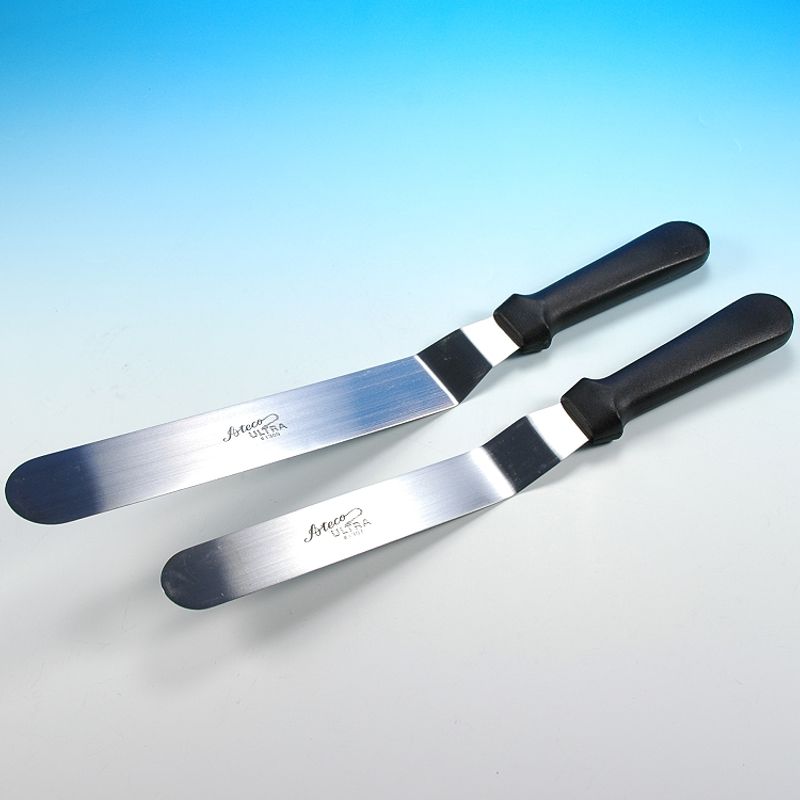
The angled design of an offset spatula gives you better control when spreading frosting or working with delicate batters. The blade sits lower than the handle, keeping your knuckles clear of the surface. Available in different sizes, small offset spatulas (about 6 inches) work well for cupcakes and detail work, while larger ones help with cake frosting. The thin, flexible metal blade slides easily under cookies and other baked foods without damaging them. Many bakers consider this tool essential for achieving smooth frosting finishes. The precise control helps maintain even thickness across your cakes and prevents tearing delicate surfaces.
6. Quality Mixing Bowls
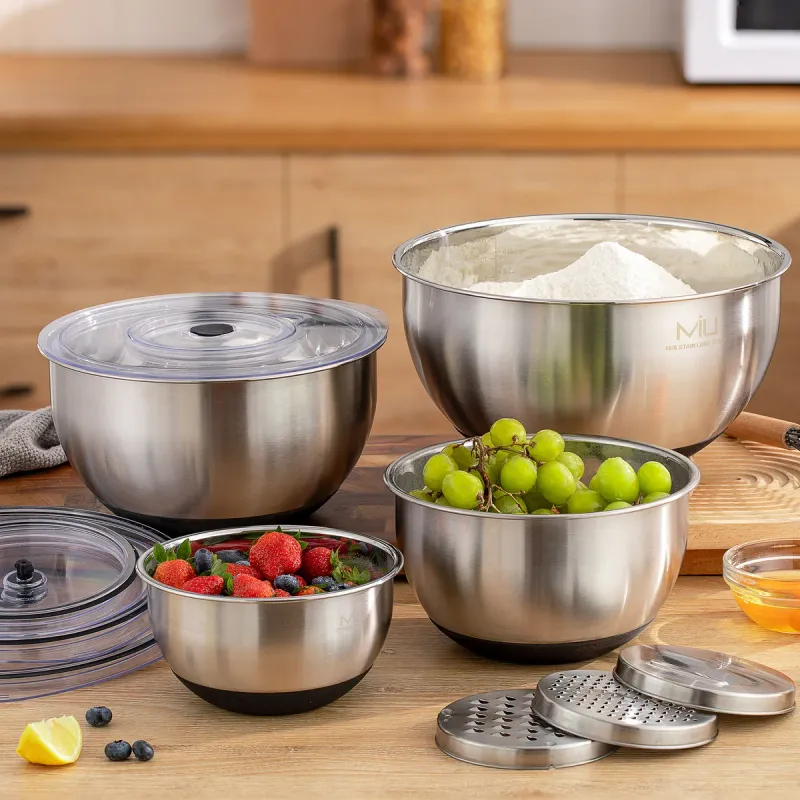
A set of sturdy mixing bowls in various sizes forms the backbone of any baking setup. Stainless steel bowls are lightweight, durable, and won’t retain odors or stains from ingredients. Having multiple bowls lets you prepare different components simultaneously without washing between steps. For example, you can whip egg whites in one bowl while mixing dry ingredients in another. Look for bowls with non-slip bottoms to prevent movement during vigorous mixing. Graduated sizes that nest inside each other save storage space while giving you options for small batches of frosting up to large amounts of bread dough.
7. Sturdy Rolling Pin
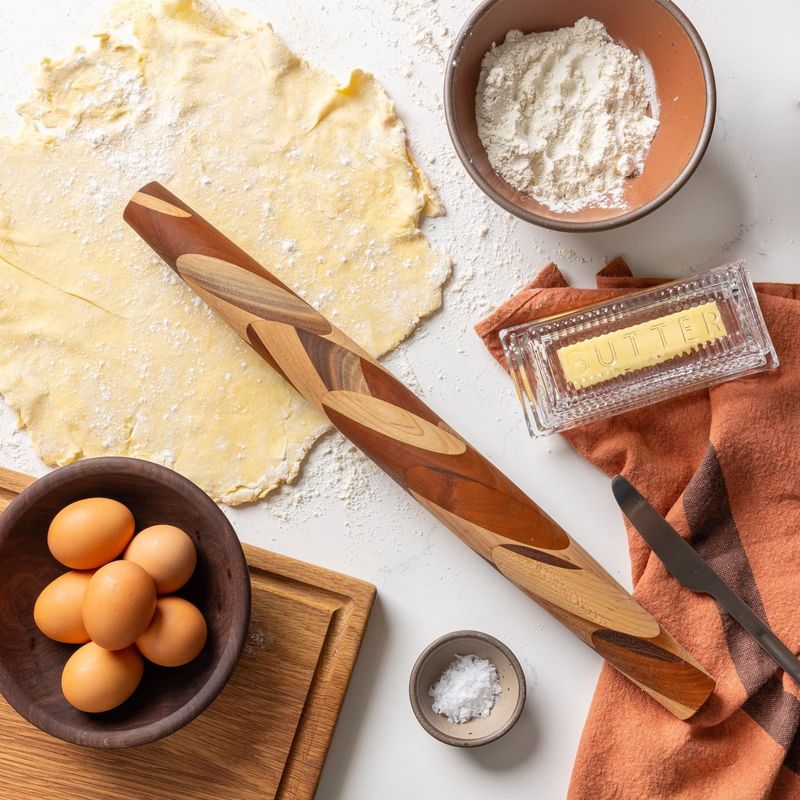
A rolling pin provides the even pressure needed for consistent dough thickness. French-style pins (straight dowels without handles) offer better control and feedback from the dough as you roll. Materials matter too—marble pins stay naturally cool, helping butter remain solid in pastry dough. Wood pins are lightweight and versatile for most tasks. Some bakers prefer pins with thickness rings that slide onto the ends, ensuring dough reaches an exact thickness. This is particularly helpful for rolled cookies, pie crusts, and other recipes where thickness affects baking time and texture.
8. Pastry Cutter

Cutting cold butter into flour requires the right tool to achieve flaky pastry. A pastry cutter (also called a pastry blender) has multiple curved wires or blades that quickly incorporate butter without warming it with your hands. The result is evenly distributed fat particles that add layers in biscuits, scones, and pie crusts. Using fingers instead often melts the butter too much, leading to tough rather than tender results. Look for a pastry cutter with a comfortable handle and sturdy wires that won’t bend under pressure. This simple tool changes pastry-making from frustrating to foolproof by maintaining the cold temperature needed for flaky results.
9. Fine-Mesh Sieve
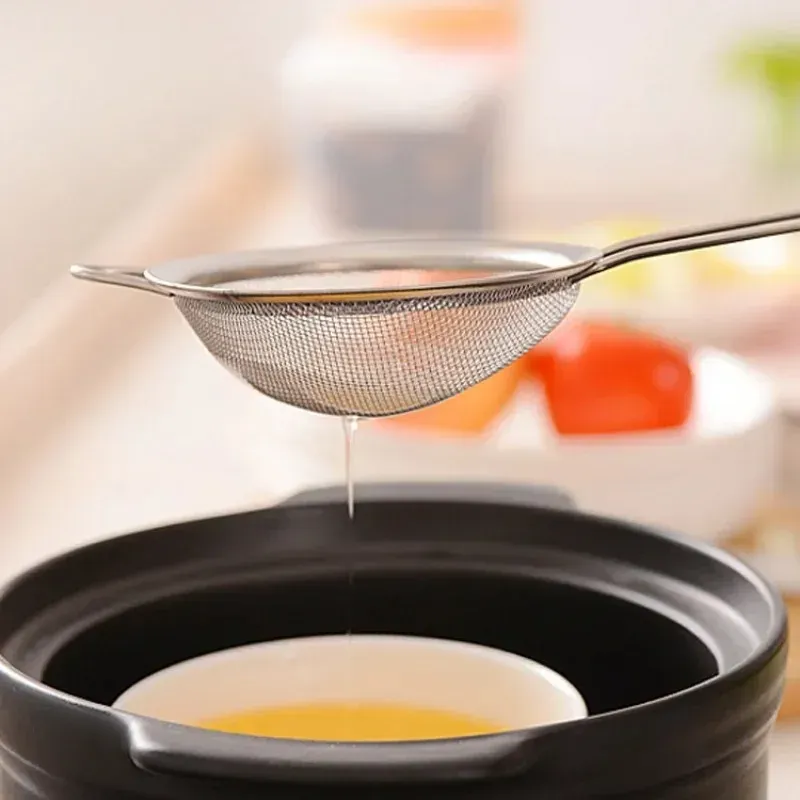
Lumps in dry ingredients can ruin the texture of cakes and other delicate baked meals. A fine-mesh sieve quickly removes these lumps and aerates flour at the same time. Beside sifting flour, these versatile tools strain custards, dust desserts with powdered sugar, and remove seeds from fruit purees. The mesh should be fine enough to catch small lumps but not so fine that it clogs easily. Look for a comfortable handle and a frame that feels sturdy when tapped against your hand. Stainless steel sieves last longer than plastic versions and won’t absorb odors from ingredients.
10. Wire Cooling Rack
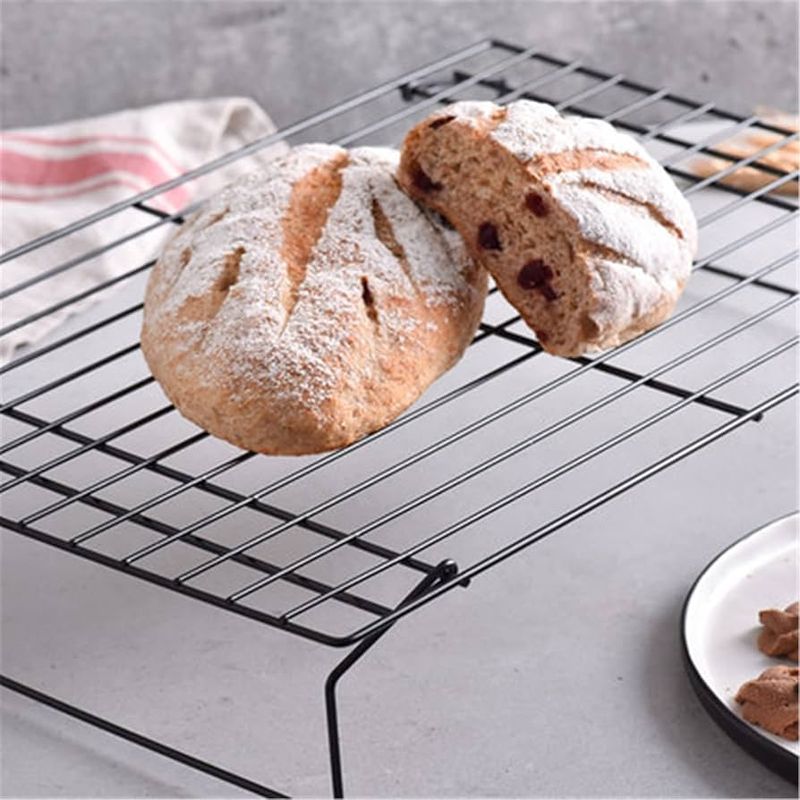
Freshly baked meals and treats continue cooking from residual heat even after leaving the oven. A cooling rack allows air to circulate underneath, preventing soggy bottoms on cookies and condensation on bread crusts. The grid pattern provides support for delicate items while maximizing airflow. For best results, choose racks with a tight grid that prevents small cookies from falling through. Many cooling racks are also oven-safe, making them useful for cooking bacon or achieving crispy chicken. Look for sturdy construction with feet that raise the rack at least half an inch above the counter.
11. Silicone Pastry Brush

Applying egg wash, butter, or glazes requires a gentle touch to avoid damaging delicate dough. Silicone brushes distribute liquids evenly without shedding bristles into your food. Unlike natural bristle brushes, silicone versions are heat-resistant, dishwasher-safe, and don’t harbor bacteria. They clean more thoroughly and don’t retain odors from previous uses. Look for brushes with multiple layers of bristles for better liquid retention. Some designs feature a hollow core that holds more liquid, reducing the number of times you need to dip back into your egg wash or melted butter.
12. Heavy-Duty Baking Sheets

Thin baking sheets warp at high temperatures and add hot spots that burn some cookies while leaving others underbaked. Heavy-gauge aluminum sheets distribute heat evenly and maintain their shape. Light-colored sheets are generally better for cookies and pastries as they reflect heat, preventing over-browning on the bottom. The rimmed edges catch spills while allowing enough space for proper air circulation. Professional bakers often recommend half-sheet pans (approximately 13×18 inches) as the most versatile size. Investing in two identical sheets lets you prepare a second batch while the first bakes, streamlining your process.
13. Precise Measuring Cups and Spoons
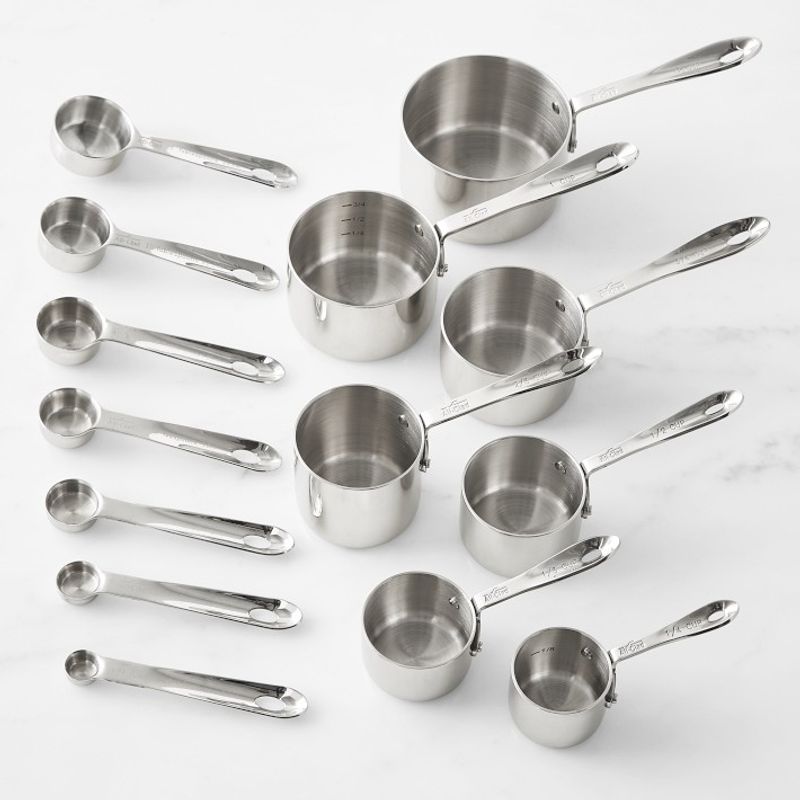
While a scale offers the better accuracy, measuring cups and spoons are still essential for many recipes. Look for durable stainless steel sets with clearly marked measurements that won’t rub off over time. Dry measuring cups should have straight sides and rims that allow you to level ingredients precisely. Liquid measuring cups should have clear markings and a spout for easy pouring. Having multiple sets prevents cross-contamination and saves time when measuring several ingredients. The small investment in quality measuring tools pays off with consistent results across your recipes.
14. Instant-Read Thermometer
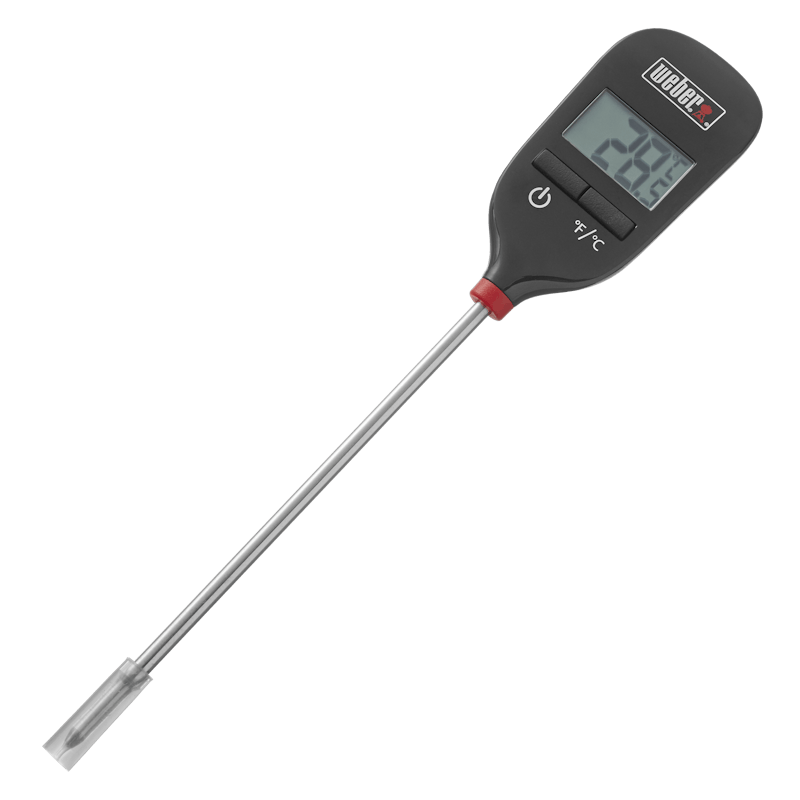
Guessing when bread is done by tapping or looking at color can be unreliable. An instant-read thermometer removes the guesswork by showing the internal temperature in seconds. Different baked foods have ideal internal temperatures—bread is typically done at 90-100°C (190-210°F), while cakes finish around 93-96°C (200-205°F). Knowing these benchmarks helps you achieve consistent doneness regardless of varying oven performance. Beyond bread and cakes, these thermometers help with candy-making, custards, and other temperature-sensitive recipes. Digital models with thin probes leave minimal holes in your baked meals while providing quick, accurate readings.
15. Stand Mixer with Attachments
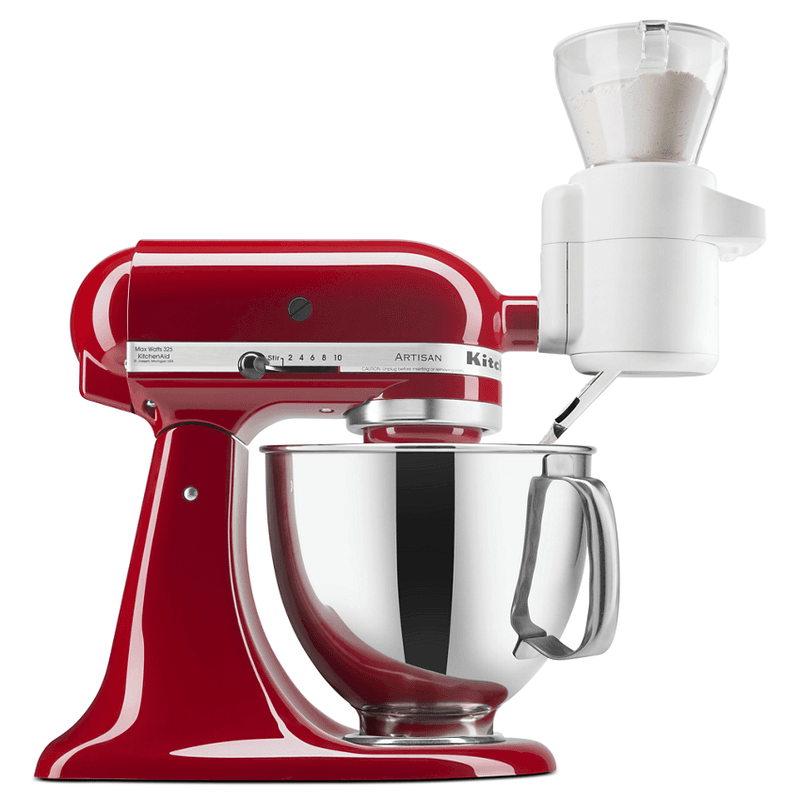
Consistent mixing is crucial for properly developed gluten in bread dough and creamed butter and sugar in cakes. A stand mixer provides steady, hands-free mixing at precise speeds. The paddle attachment excels at creaming butter and sugar to the exact consistency needed for light, tender cakes. The whisk attachment incorporates maximum air into egg whites and cream, while the dough hook kneads bread dough with the right amount of pressure. Though more expensive than hand mixers, stand mixers save time and produce more consistent results. They’re particularly valuable for recipes requiring extend mixing times that would cause arm fatigue.
